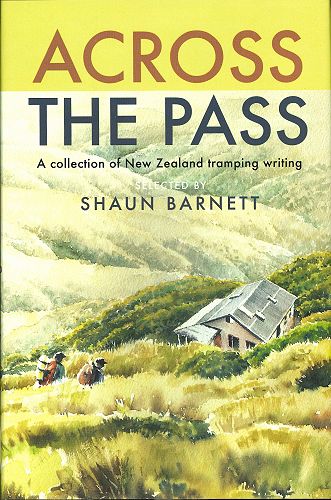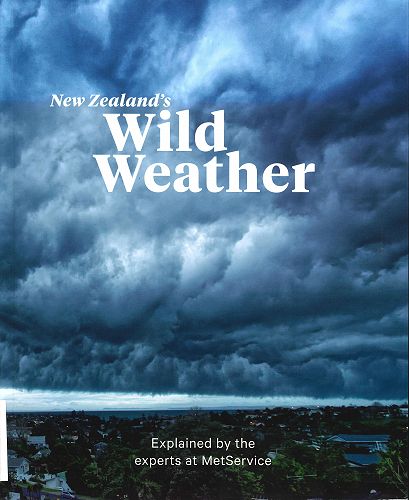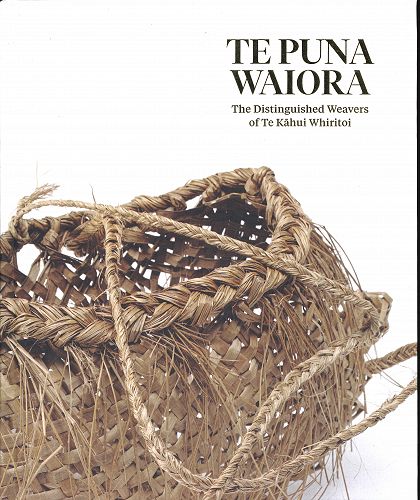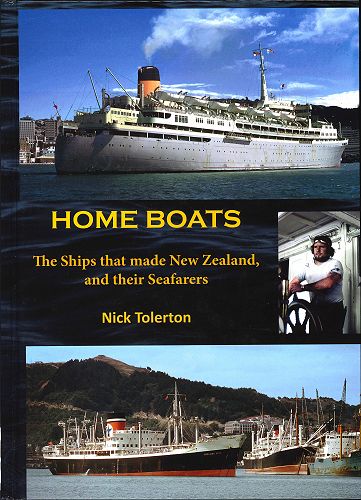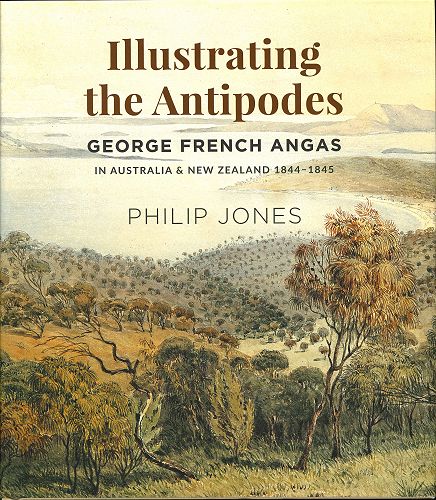
What's New McNab
The latest in the New Zealand collection
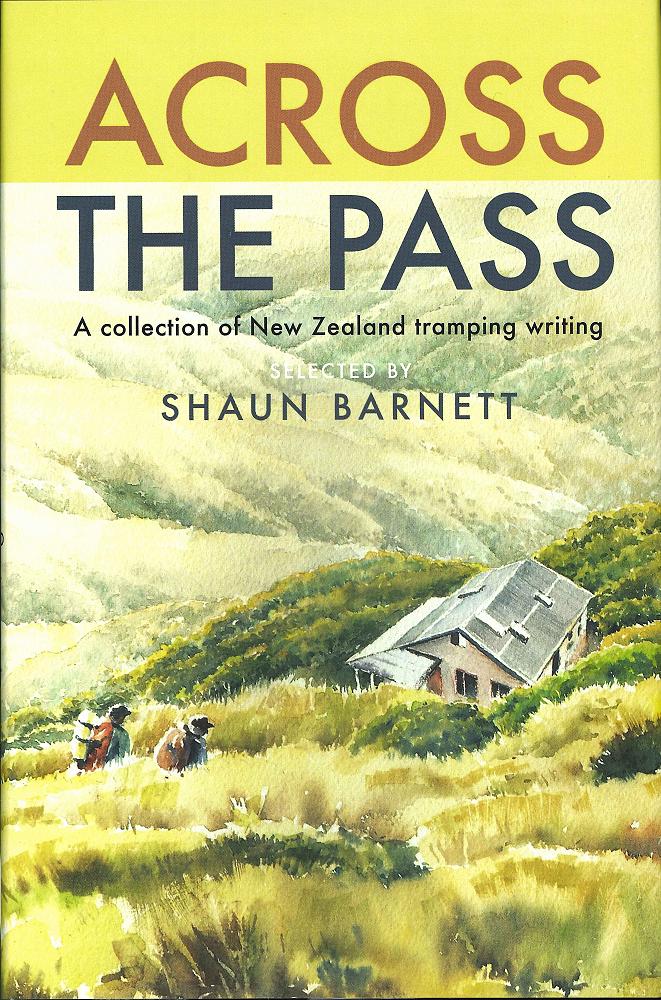
Across the pass: a collection of New Zealand Tramping Writing Ed. Shaun Barnett
This is a great Otago University Press anthology of writing from a diverse range of genres devoted to the topic of tramping.

Assembly: a history of New Zealand car production 1921-1998 Mark Webster
It may be a little hard to imagine now but New Zealand once supported a car assembly industry along with a flourishing local supply industry. The industry did not survive the neoliberal reforms of the fourth Labour government. The last plant, the Toyota plant in Thames, hung on till 1998. Webster has done a fantastic job documenting the ins and outs of the industry from its beginnings in Ford Model T assembly to the Mitsubishis and Hondas of the 1980s.

Home Boats: the ships that made New Zealand, and their seafarers Nick Tolerton
A loving history of the 120-odd ships, known as ‘home boats’, that plied the waters between New Zealand ports and Britain and Europe in the era before containerisation. The four great shipping lines – the New Zealand Shipping Co./Federal Steam Navigation Co., Shaw, Savill & Albion Co., Port Line and the Blue Star Line – were all owned in Britain, and the seafarers largely British, many of whom ended up settling in NZ. NZ’s prosperity as a trading nation depended on these ships.

Illustrating the Antipodes: George French Angus in Australia & New Zealand 1844-1845 Philip Jones
George French Angus’s watercolours of landscapes and Māori people and buildings produced on a 6-month tour around Te Ika-a-Māui in 1844 are an essential part of the pictorial record of the early-colonial period. Angus captured portraits of many prominent rangatira including Te Rauparaha, Hōne Heke, Patuone and Potatau.
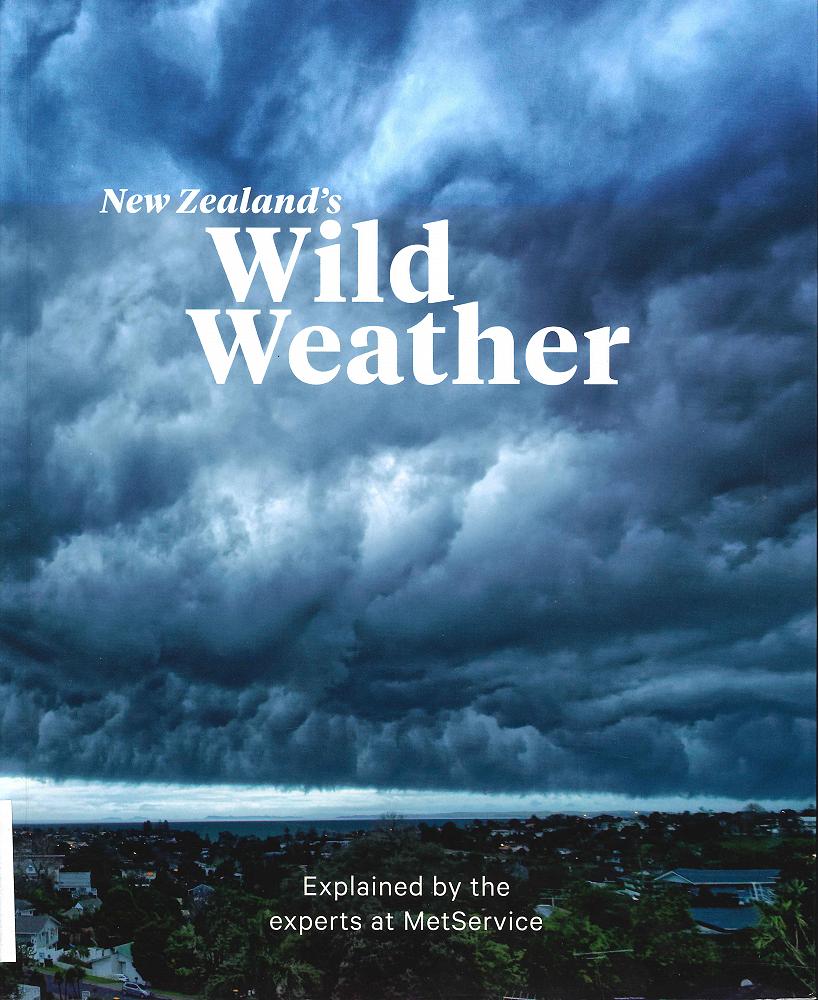
New Zealand’s Wild Weather Ed. Andrea Tandy
In New Zealand’s Wild Weather meteorologists from the MetService explain for the layperson the science behind Aotearoa’s increasingly extreme weather patterns. As we slowly come to terms with the impacts of global warming, understanding the mechanisms behind extreme weather events is useful knowledge indeed.

Te Puna Waiora: the distinguished weavers of Te Kāhui WhiritoiNgāhuia te Awekōtuku, Donna Campbell, Awhina Tamarapa and Nathan Pōhio
This beautiful book, produced to accompany the exhibition of the same name at Christchurch Art Gallery Te Puna o Waiwhetū, features the exquisite raranga (weaving) of the Te Kāhui Whiritoi collective of expert weavers. The book contains interviews of many of the weavers in the collective by exhibition curator Nathan Pōhio, and fabulous colour photographs showing each work in detail.

Women Will Rise! Recalling the Working Women’s Charter Eds., Gay Simpkin and Marie Russell
Women Will Rise! recalls the struggle of a committed group of feminist trade unionists to put the needs and interests of women workers onto the labour movement agenda, transforming the male-dominated, patriarchal structures of the NZ union movement in the process. Their ideas for reforming the workplace and making it more responsive to the needs of women were formulated in the one-page, 16-clause Working Women’s Charter, first adopted at the annual conference of the Working Women’s Council in June 1977, covering a range of issues from equal pay to free quality childcare and reproductive rights. While progress has been made on some of the Charter's demands, many remain partially or completely unfulfilled.
Gallery
